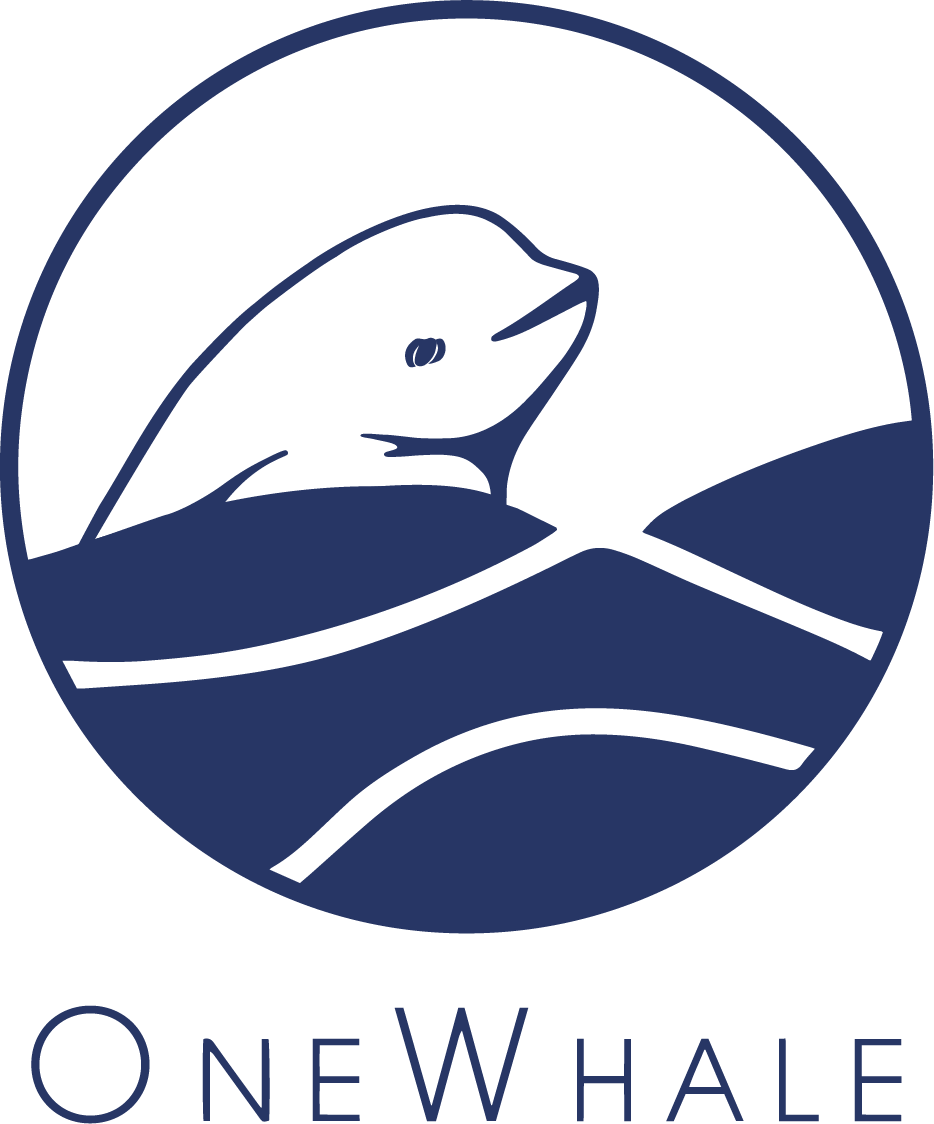
SOCIAL MEDIA FEEDS
YouTube Channel
Instagram Feed
View fullsize
![]()

View fullsize
![]()

View fullsize
![]()

View fullsize
![]()

View fullsize
![]()

View fullsize
![]()

View fullsize
![]()

View fullsize
![]()

View fullsize
![]()








